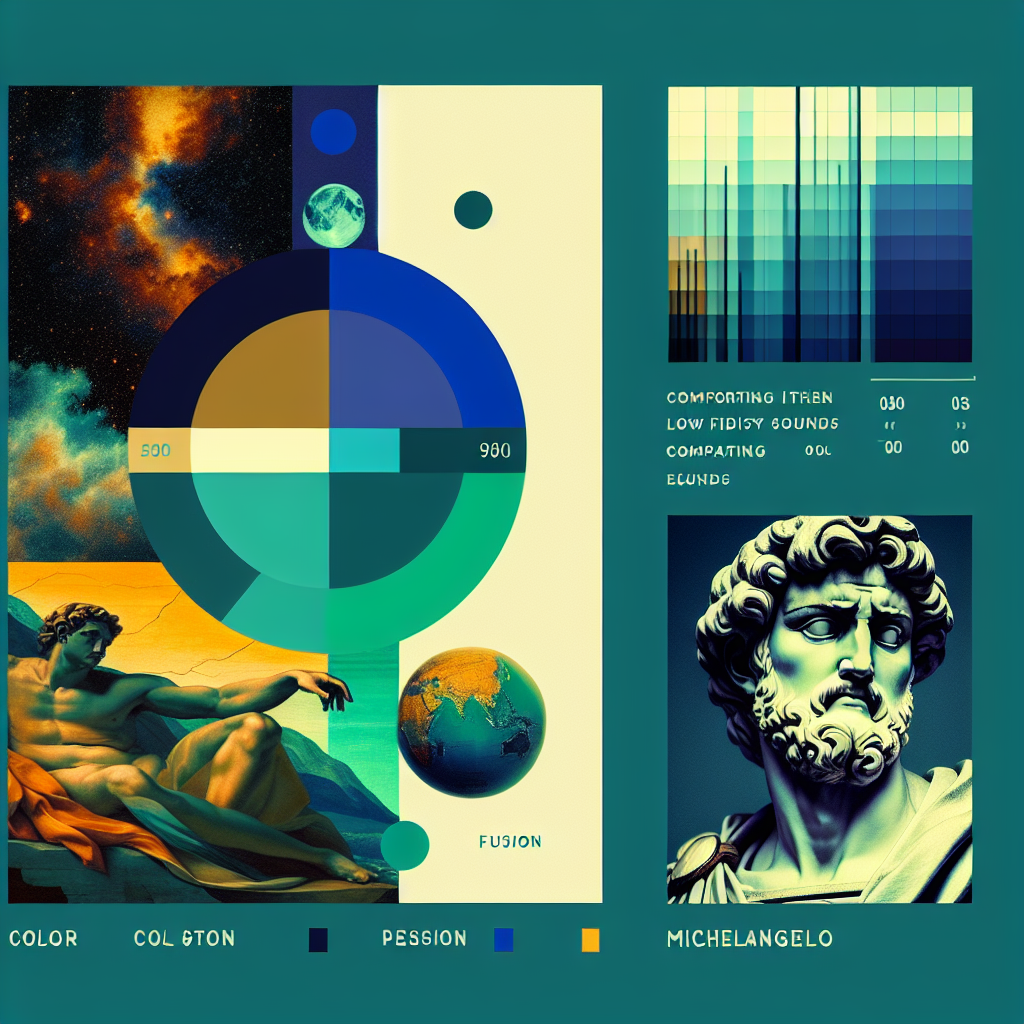-
Table of Contents
- Chillwave Fusion: Where Lo-Fi Meets the Dreamy Sounds of Chillwave
- Top 5 Tips for Understanding Chillwave Fusion
- The Origins of Chillwave Fusion
- Understanding Lo-Fi
- The Rise of Chillwave
- The Fusion: A New Musical Experience
- Key Characteristics
- Influential Artists
- The Impact of Chillwave Fusion
- Cultural Influence
- Technological Advancements
- Conclusion
“`html
Chillwave Fusion: Where Lo-Fi Meets the Dreamy Sounds of Chillwave

In the ever-evolving landscape of music genres, Chillwave Fusion has emerged as a captivating blend that combines the nostalgic, laid-back vibes of Lo-Fi with the ethereal, dreamy sounds of Chillwave. This article explores the unique characteristics of Chillwave Fusion, its origins, and its impact on the music industry.
Top 5 Tips for Understanding Chillwave Fusion
- Explore the roots of Lo-Fi and Chillwave to understand their fusion.
- Listen to key artists who pioneered Chillwave Fusion.
- Pay attention to the production techniques that define the genre.
- Understand the cultural and technological influences on Chillwave Fusion.
- Engage with online communities to discover emerging trends.
The Origins of Chillwave Fusion
Understanding Lo-Fi
Lo-Fi, short for low fidelity, is a genre characterized by its raw, unpolished sound. It often features imperfections such as background noise and tape hiss, which are embraced as part of its aesthetic. Lo-Fi gained popularity in the 1990s and has since become a staple in the music industry, particularly in the realm of study and relaxation music.
The Rise of Chillwave
Chillwave emerged in the late 2000s as a subgenre of electronic music. It is known for its dreamy, nostalgic soundscapes, often incorporating elements of synth-pop and ambient music. Artists like Washed Out and Toro y Moi were instrumental in popularizing Chillwave, creating music that evokes a sense of nostalgia and escapism.
The Fusion: A New Musical Experience
Key Characteristics
Chillwave Fusion combines the lo-fi aesthetic with the dreamy, atmospheric qualities of Chillwave. This fusion results in music that is both relaxing and emotionally evocative. Key characteristics include:
- Warm, analog textures
- Dreamy synths and reverb-laden vocals
- Slow, laid-back tempos
- Use of vintage samples and effects
Influential Artists
Several artists have been pivotal in shaping the Chillwave Fusion sound. Notable examples include:
- Clams Casino: Known for his ethereal beats and use of ambient samples.
- Neon Indian: Blends synth-pop with lo-fi elements to create a nostalgic sound.
- Tycho: Combines ambient music with lo-fi production techniques.
The Impact of Chillwave Fusion
Cultural Influence
Chillwave Fusion has had a significant impact on popular culture, influencing fashion, art, and even film. Its nostalgic sound has resonated with a generation seeking comfort and escapism in an increasingly fast-paced world.
Technological Advancements
The rise of digital audio workstations (DAWs) and affordable recording equipment has democratized music production, allowing more artists to experiment with Chillwave Fusion. This accessibility has led to a proliferation of new music and a vibrant online community dedicated to the genre.
Conclusion
Chillwave Fusion represents a unique intersection of nostalgia and innovation, blending the raw, unpolished sound of Lo-Fi with the dreamy, atmospheric qualities of Chillwave. As the genre continues to evolve, it offers a rich tapestry of sound that resonates with listeners seeking both relaxation and emotional depth. By understanding its origins, key characteristics, and cultural impact, we can appreciate the artistry and creativity that define Chillwave Fusion.
For more information on the origins and development of these genres, you can visit Wikipedia’s Chillwave page.
“`




